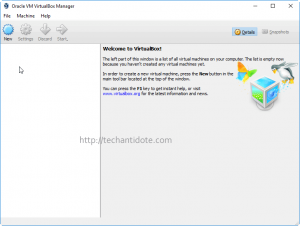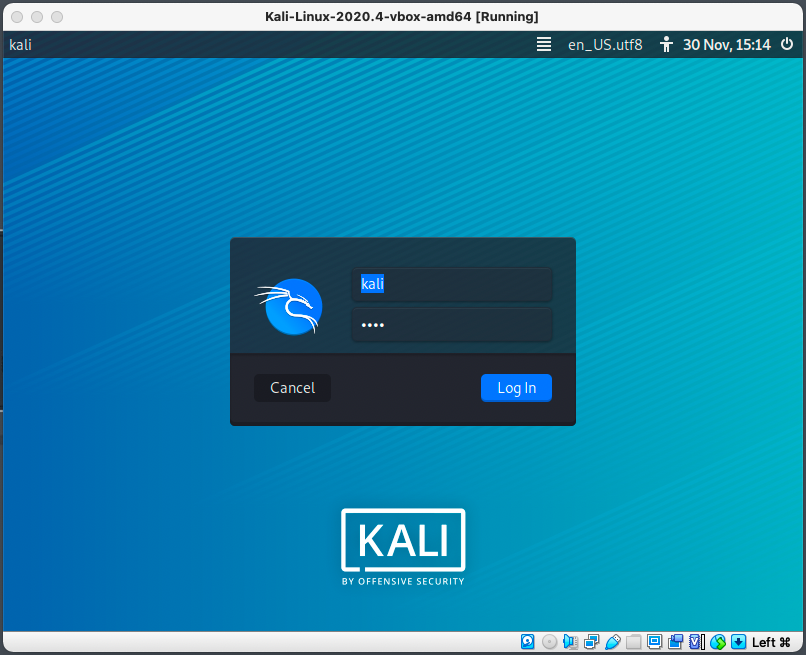
On 28 January 2020, Kali has announced a new version of this year, Kali Linux 2020.1, but the first version comes with some bugs so 13th February 2020 Kali released Kali 2020.1a with fixing a minor bug which xserver-Xorg issue in simples language tty1 GUI error. "The quieter you become, the more you are able to hear" Kali Linux 2020.1 Release You must be logged in to post a comment.14 Finally "Kali Linux, an Advanced Penetration Testing Linux distribution used for Forensics and Penetration Testing, and network security assessments." The installation is now complete, click “Continue” Select the /dev/sda option on the next screen. Ĭhoose “Yes” to install the GRUB boot loader on the HD. I will be choosing “No” on the next screen, you can however read more about network mirrors and package manager. If everything looks good, select “Finish partitioning and write changes to disk”īecause this will format the partition you have to confirm that you want to do this. Information on the other two guided options can be found

I will be choosing the first option of “Guided – use entire disk”. The next screen will be the options for partitioning the disk. If this was not successful choose the correct time zone from this list. The next screen with try and set the time from your network. When the boot menu appears, select “install” You can now power on the new virtual machine.

Select the destination resources for the new virtual machine.Give your virtual machine a name and select a location for the virtual machine.On the new dialog box choose “Create a new virtual machine”.Right on your cluster and select “New Virtual Machine…”.

I will be working with the HTML5 vSphere client for this. To do this on Windows 10, simply open a PowerShell terminal, change directory to where you have the ISO saved and run the command “certutil -hashfile “name of file.iso” sha256”. Always make sure to check the hash of the file. I am going to download the full ISO, install manually, apply updates, and setup SSH.

Available for download are, prebuild VM images, as well as different prebuild ISO’s, depending on the environment. You could install it with VMware, VirtualBox or installing on a physical machine. There are many options when it comes to Kali.


 0 kommentar(er)
0 kommentar(er)
